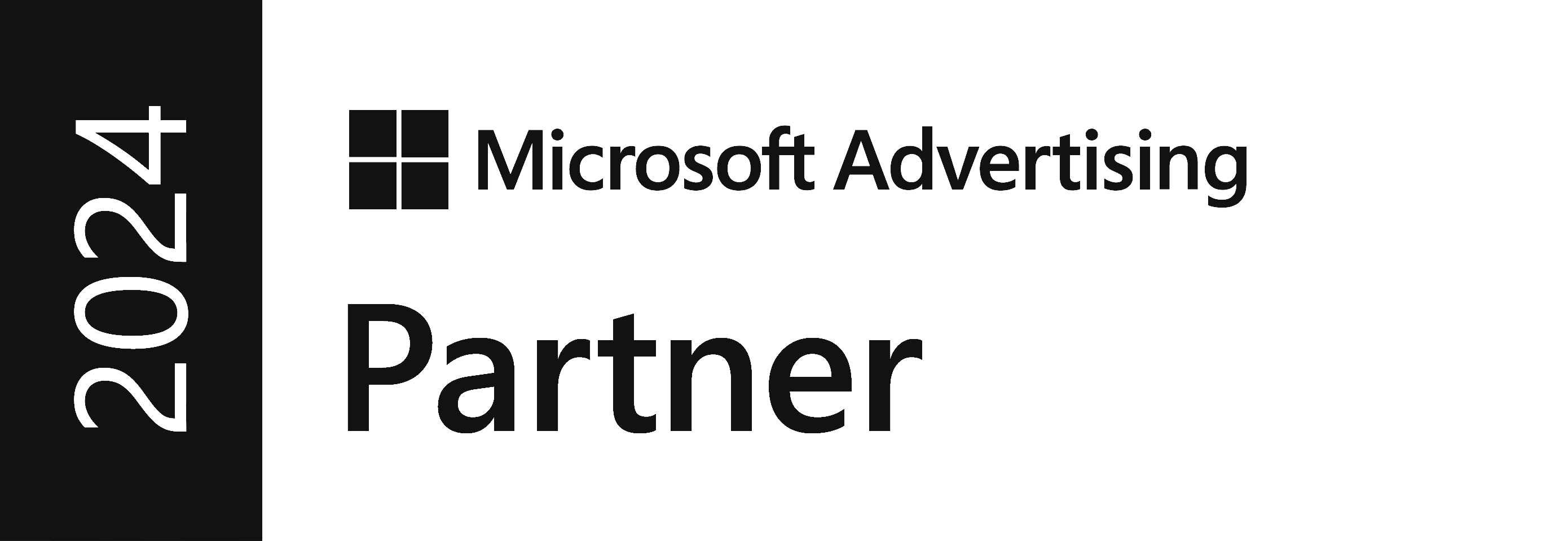How to Create Content for SEO: A Comprehensive Guide

Ongoing content creation is one of the most important aspects of SEO. In this article, we explain why this is the case and provide actionable tips so that you can make the most out of your content marketing strategy, and give you the tools for effective content creation.
Why Content Creation Matters for SEO
Search engines rely on high-quality, relevant content to provide their users with the most useful and informative search results for specific queries.
You may have heard the phrase “content is king”, and this is because when you consistently create and publish valuable, fresh content on your site, it can help to improve rankings and drive additional organic traffic and conversions.
This is because well-optimised content establishes your brand as a thought leader and creates a sense of topical relevance, leading to a higher level of engagement on your site, as well as generating external links from a range of topical sources.
Research has shown that brands that create new content consistently get 7.8x more traffic than those that don’t, and that content creation costs 62% less than traditional marketing to produce and generates about three times as many leads.
Conducting Keyword Research: Finding the Right Keywords to Target
When it comes to creating content for SEO, the first thing that you will want to do is conduct keyword research to determine which search terms to target. If you don’t do this, you risk creating content that targets ineffective search terms and generates zero results.
Keyword research may sound like a daunting prospect, but fortunately, tools such as Google’s Keyword Planner and SEMRush, among others, make the task a lot easier and also provide accurate data points for you to make strategic decisions about which keywords you should be going after.
Start by brainstorming a list of potential keywords, and then use tools like Google Keyword Planner or SEMRush to identify the search volume and competition level for each keyword. Look for keywords with high search volumes and low competition, and make sure that your selected keywords are relevant to your business and the content you plan to create.
Crafting Compelling Titles and Meta Descriptions for Better Click-Through Rates
Once you have determined your target keywords, you will be in a position to start framing your content around those targets.
Before you begin creating your content, you will want to give some consideration to your page’s meta data, in other words, the page title, h1, meta description, and URL.
Your title and meta description are the first things people see in search results, so they must be compelling to encourage potential users to click through to your website.
When it comes to your URL, you will want to make sure that it’s descriptive, concise, and accurately reflects the content on your page. This makes it easier for search engines to understand the topic of your page and to index it properly.
It is important that these elements on your page, as well as the main body of the content, contain your target keywords or semantic variants. By doing this, you will ensure that your content is well-optimised and that users and search engines get a clear indication of the kind of information that is available on the page that they land on.
Structuring Your Content: Best Practices for On-Page Optimisation
Next, it’s time to think about how to structure your content.
It’s important that you give this good consideration, as poorly structured content will hinder the ability of search engines to crawl and understand it. Here is a good framework to follow to help you to structure your content effectively.
Firstly, break sections up using headers, subheadings, and bullet points. This makes it easier for search engines to understand the main topics and sub-topics that are being covered, as well as it generally being better for user experience too.
Ensure that paragraphs are short and concise. The reason for this, is that it can help to improve readability and overall engagement with your content for both users and search engines, as it makes the content easier to understand.
Another way to improve usability, readability, and engagement, is to break up any long blocks of text with relevant visual aspects such as images, infographics, and videos. It is also essential that these items are optimised (more on that later).
Writing Quality Content That Provides Value to Your Readers
Following the rollout of Google’s Helpful Content Update in August 2022, ensuring high-quality content that provides value to your readers is essential for SEO success.
Ensure that you have a clear idea of your audience personas, as understanding your target audience is crucial to creating valuable content. When you have your personas in mind, you will be able to create content that appeals to their interest, addresses their pain points, and ultimately resonates with them and the solutions that they are looking for. This will also help you, as you will be able to answer their specific questions with your content, providing actionable insights for them.
To further establish quality, you must conduct thorough research on the topic to ensure that you are providing accurate and reliable information. Quoting and externally linking to reputable sources, will also aid you in backing up any points that you make.
Ensure Lastly, make sure that your tone of voice is on brand and aligned with your target audience. This can help to ensure that your audience connects and engages with your content, thus increasing its value to them.
Optimise Images and Other Media for SEO
As mentioned previously, including images and other media can help your content stand out and improve engagement. When employing these items within your content, it is important to make sure that they are also optimised.
For example, ensuring that images have descriptive filenames and relevant alt text that include your target keyword(s), helps search engine bots understand the overall context of your content, as well as aid website visitors and also helps from an accessibility point of view, as it provides information for users with visual impairments, etc.
Similarly, for videos, you should use relevant keywords in the title, description, filename, and tags, as well as provide a transcription, which will help ensure the as this ensures search engine bots have something to crawl. It is also worth considering adding structured data to videos, to further increase a search engine’s overall understanding of your content.
Leveraging Internal and External Links to Boost SEO
Both internal and external links are important for SEO, as they help search engines discover content and rank it effectively.
When content gets a lot of links from different, relevant, and authoritative sources, it is a signal to search engines that they are of high value, meaning the content will then be rewarded with higher rankings.
While the amount and value of the external links that point back to your content are largely out of your hands, internal links are on-page elements that you can control.
With an effective internal linking structure in place, you will guide both users and search engine bots to your most important pages from your content, and vice-versa. In addition to this, you will also pass link equity from page to page, which will mean any value from the linking page is passed on.
Furthermore, when you externally link to high-quality, authoritative websites within your content, search engines see this as a signal that your content is trustworthy and relevant, which can help improve your search engine rankings.
It is also key to note that the quality of the external websites that you link to, is important. Linking to spammy or low-quality websites could harm your SEO efforts, so it's important to be selective and only link to websites that are relevant and trustworthy.
Distributing Your Content to Improve SEO
Once you have created and published your content, it is important to think about how you will promote it.
Distributing your content via your marketing channels increases its visibility and makes it more likely for your content to be discovered and engaged with.
Furthermore, it can help to build your brand’s online presence and authority, by establishing you as a thought leader in your field. This will also help to increase your overall brand awareness, which may in turn, lead to an increase in organic traffic from branded searches.
In addition to this, when you distribute your content effectively, it increases the likelihood of generating links back to your content, and, as we have mentioned previously, this is important for increasing the value that search engines give to your content.
Measuring Success: How to Analyse Your Content's Performance
The final piece of the puzzle when it comes to creating content for SEO, is measurement. This will help you to understand what works and what doesn’t.
When it comes to measuring your content for SEO, you should consider the following metrics, which are available through tools such as Google Analytics, Google Search Console, and SEMRush:
Organic Traffic: Organic traffic refers to the number of visitors who land on your website from search engines. By monitoring your organic traffic, you can see how many people are finding your content through search, and how it’s impacting your overall website traffic.
Keyword Rankings: Keyword rankings show how well your content is ranking on search engine results pages (SERPs) for specific keywords. By tracking your keyword rankings, you can see which pieces of content are performing well and which need improvement.
Click-Through Rate (CTR): Click-through rate measures the percentage of users who click on your link after it appears in search results. A higher CTR indicates that your content is relevant and compelling to users.
Bounce Rate: Bounce rate measures the percentage of users who leave your site after visiting only one page. A high bounce rate may indicate that your content is not engaging or relevant to users.
Time on Page: Time on page measures how long users spend on your page before leaving. A longer time on a page indicates that users are engaging with your content and finding it valuable.
Conversions: Conversions measure the number of users who take a desired action on your website, such as filling out a form or making a purchase. By tracking conversions, you can see how your content is impacting your bottom line.
The process of continuously optimising your content involves analysing each of these data points, identifying areas for improvement, and updating your content as required. This could be adjusting keyword targets, refreshing outdated content and metadata, improving page speed, etc.
By monitoring these metrics, you can get a better understanding of how well your SEO content is performing, and can make data-driven decisions to optimise it for better results.
Continuous Optimisation for Ongoing SEO Success
Hopefully, this has provided you with a good framework for creating content for SEO. However, it is important to keep in mind that SEO is not a one-and-done effort.
It’s important to track your key performance indicators effectively and consistently, to enable you to undertake continuous optimisation.
Continuous optimisation of your content is essential to maintain its relevance and usefulness to both search engines and users. This is due to the constant evolution of search engine algorithms, which can improve your rankings and increase traffic to your site.
If you’re looking for support with your SEO and content marketing strategy, please get in touch with us, or discover our training sessions via the Optix Academy.
1st Floor, Alphin Brook House,
Alphin Brook Road,
Exeter EX2 8RG
MORE THAN
Digital
Marketing.
View our sustainability page.
PPC for B2B
PPC for Law Firms
PPC for Luxury Ecommerce Brands
PPC for Travel and Tourism





